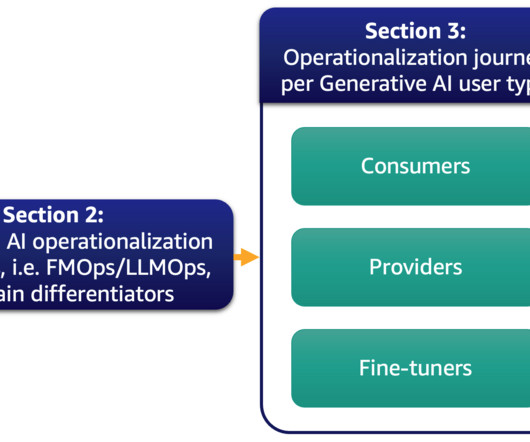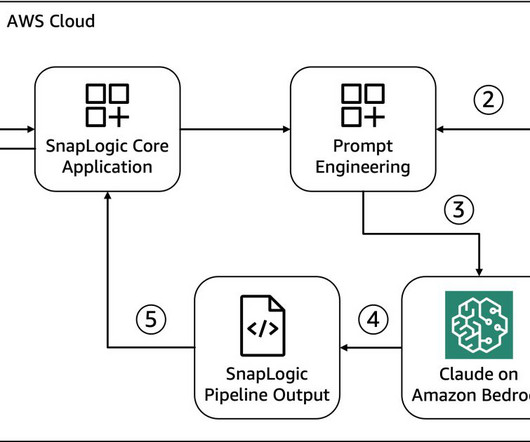FMOps/LLMOps: Operationalize generative AI and differences with MLOps
AWS Machine Learning Blog
SEPTEMBER 1, 2023
These teams are as follows: Advanced analytics team (data lake and data mesh) – Data engineers are responsible for preparing and ingesting data from multiple sources, building ETL (extract, transform, and load) pipelines to curate and catalog the data, and prepare the necessary historical data for the ML use cases.












Let's personalize your content